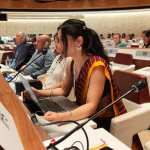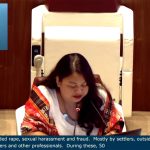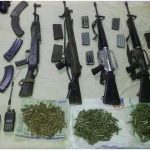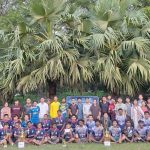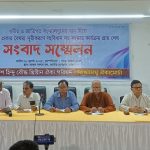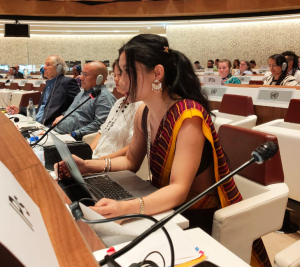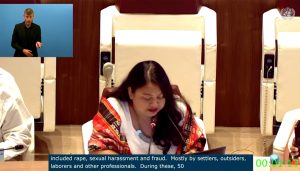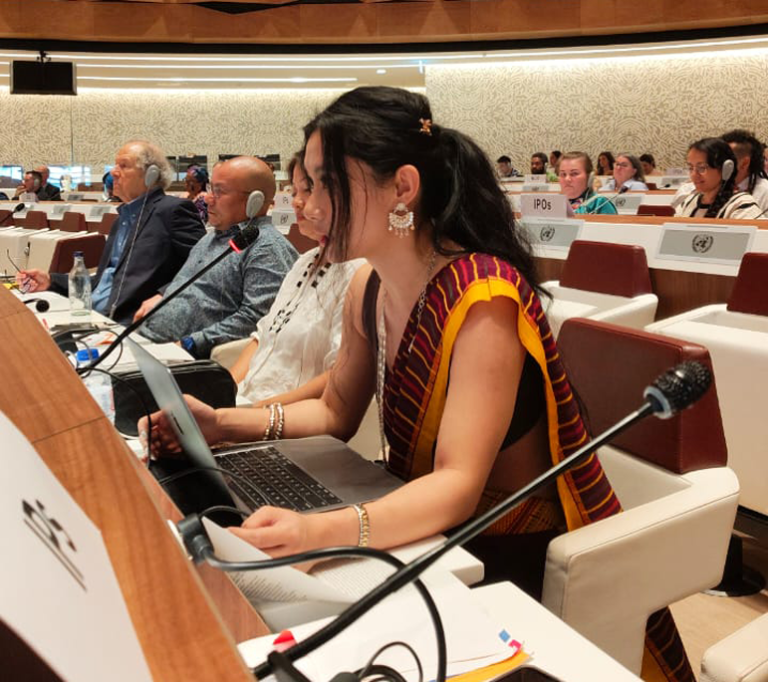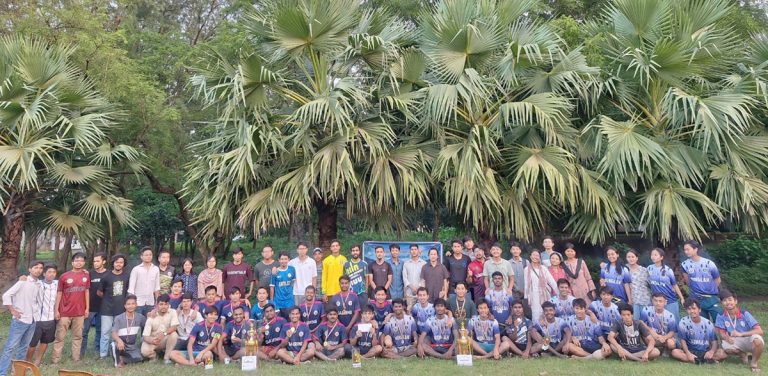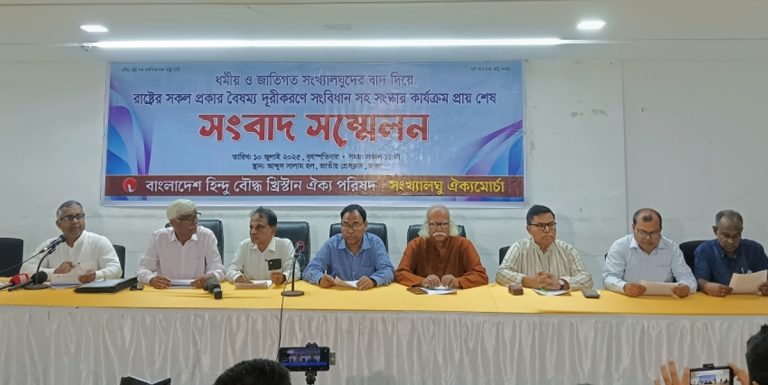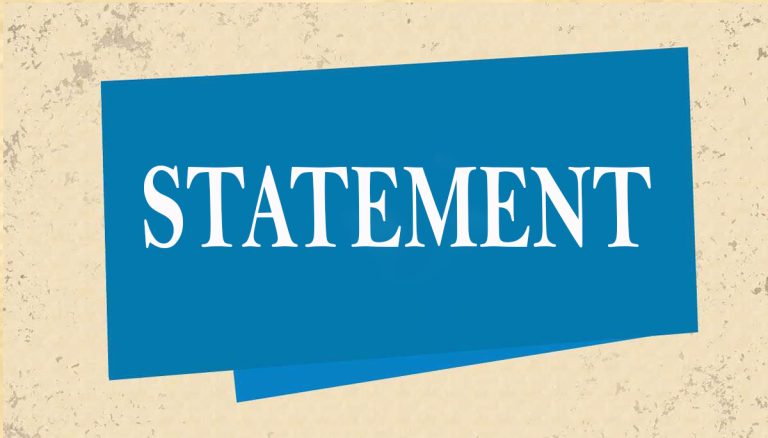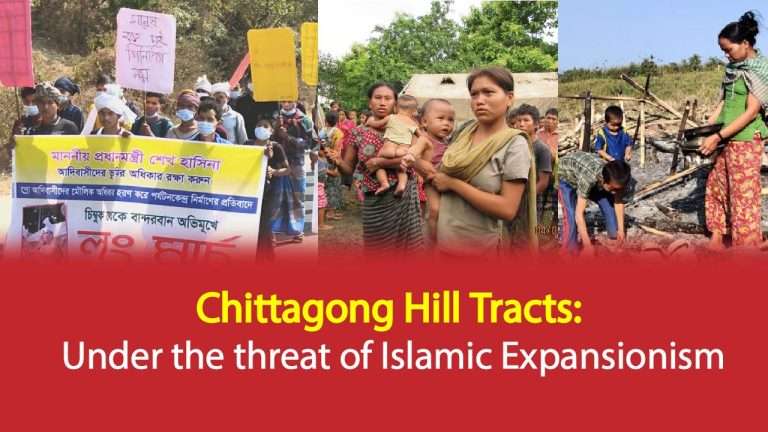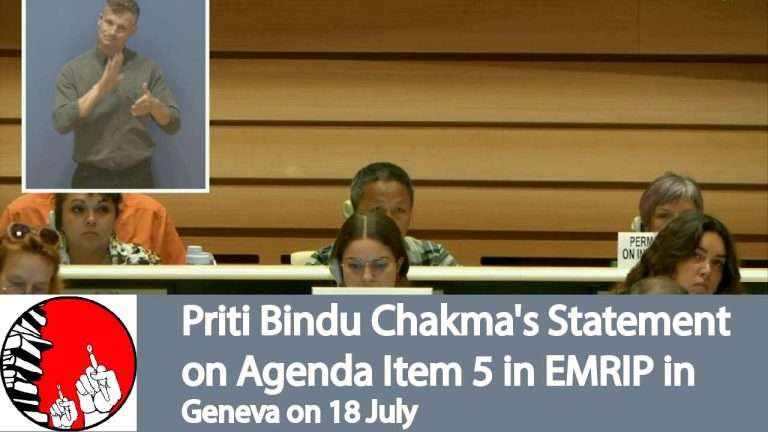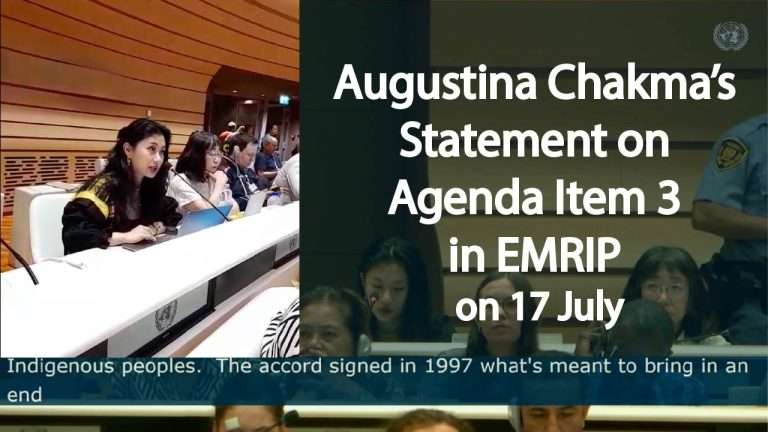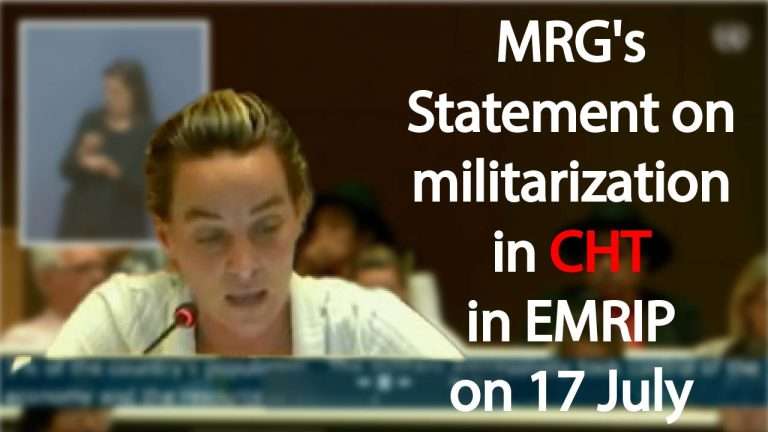Hill Voice, 21 February 2019, Dhaka, Bangladesh: The rights situation of indigenous children and youth in Bangladesh remained almost the same as was in the preceding year. There was a little sign of progress in the condition of indigenous children and youth. On the whole, they experienced rather a mixed development in 2018. In fact, the only difference was the right to education of indigenous child and youth which, as was in the previous year, received the utmost attention.
However, the steps undertaken in respect of rights to education of indigenous children in their respective mother tongue could not be put to use effectively due to lack of proper understanding among the policy planners to view education from the perspective of ground reality prevailing in the CHT. For example, the pre-primary textbooks introduced for indigenous children in indigenous languages in 2017 were of little use to them due to a shortage of adequate number of trained teachers in the languages the books were published. In matters of their right to employment, the decision to abolish quota reservation in the 1st and 2nd class government jobs could be explained away as an attitude by the establishment to side track the indigenous youths’ problem which would get aggravated as the relatively lesser success attained by indigenous candidates against their hard work they put in to qualify in the public service examination compared to their “mainstream” counterparts would be deepened further.
Withdrawal of reservation for indigenous candidates would create a massive void in their representation in the state machinery. Therefore, with a number of positive developments, initiated by the government, the full and proper realization of the rights of indigenous youth including also those of their children population continued to be hindered by many unyielding challenges.
The Children Act 2013, considered as the main legislation concerning the rights of children of the country, was formulated following the Convention on the Rights of the Child (CRC). The legislation received widespread appreciation from the rights activists because it incorporated comprehensive measures to realize the rights of children. As was observed till 2018, many of the provisions of this groundbreaking legislation still remained on paper only and this act still remained utterly silent about the issues specific to indigenous children.
It could be recalled here that collection of disaggregated data on indigenous peoples and other communities of the national population had been repeatedly suggested to the government, including in the international forums such as Universal Periodic Review, UN Permanent Forum on Indigenous Issues and Treaty Body sessions. However, the government was yet to come up with any such measure to collect information separately on indigenous children and youth. The dearth of relevant disaggregated data of children and youth of indigenous origin left the job of monitoring and documentation of their rights situation arduous and incomplete. Therefore, the documentation that followed was not exhaustive but somewhat partial.
Source: Kapaeeng Foundation
